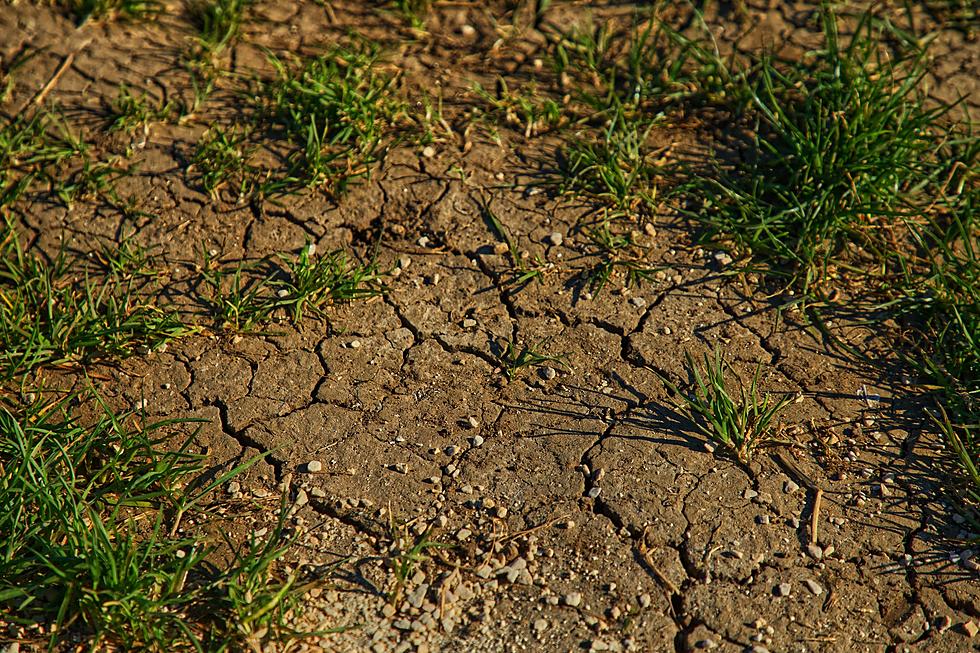
Much of South Dakota Still Experiencing Severe Drought Conditions
Despite seeing nearly three times as much rain in September of 2021 compared to September of 2020, Sioux Falls, and most of South Dakota, is still in the grips of a drought.
According to data from the National Drought Mitigation Center, conditions in 80 percent of the Mount Rushmore State range from moderate to extreme drought.
Lees than ten percent of the state has little or no drought to speak of.

Minnehaha County is one of more than 40 counties in the state where drought conditions are classified as D2, which indicates severe drought. That's despite increased rainfall in the Sioux Falls area in September. According to the National Weather Service, South Dakota's largest city recorded 3.21 inches of rain last month, up significantly from the 0.42 inches of rain in September of 2020.
But things have been worse in South Dakota.
As recently as early 2013, close to 97 percent of the state had severe to exceptional drought conditions. That number is now at 60 percent.
The driest places in South Dakota are Harding and Meade Counties, in the northwest part of the state, where the majority of the land has been classified as D3 or extreme drought.
Parts of Butte County, Perkins County, and Ziebach County are all in the D3 range.
No South Dakota counties fall in the D4, or exceptional drought, category.
Two counties in the state are currently drought-free: Codington County and Grant County, while just small portions of Day, Hamlin, and Roberts Counties are experiencing overly dry conditions.
Just a little over a year ago, in mid-April 2020, the entire state of South Dakota was considered drought-free.
KEEP READING: Get answers to 51 of the most frequently asked weather questions...
LOOK: The most expensive weather and climate disasters in recent decades
More From KXRB









